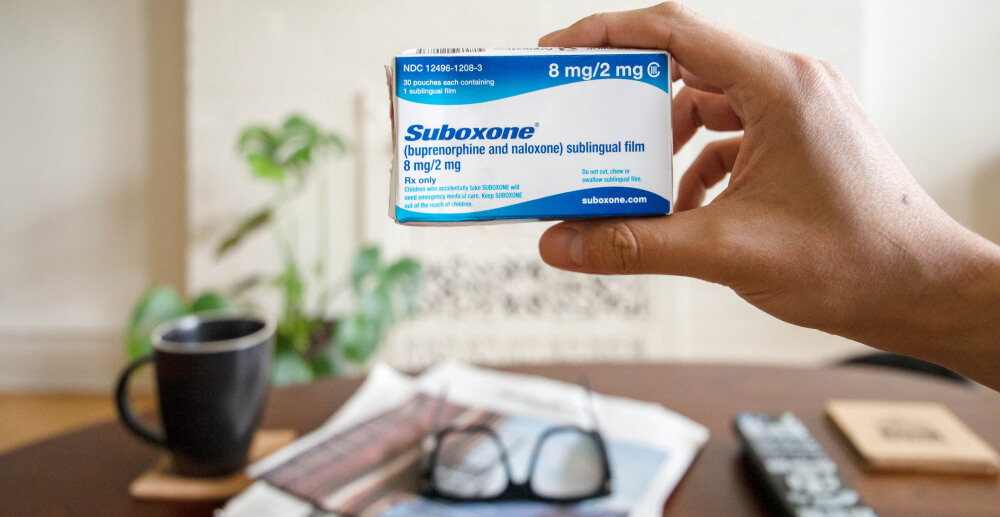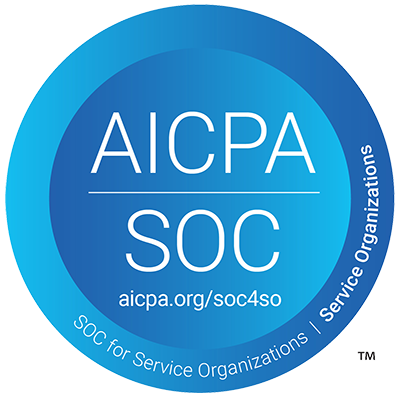Your provider might tell you that you have to wait to start your medication to avoid precipitated withdrawal. What is precipitated withdrawal, and why does it matter?
Medications like buprenorphine have drastically revolutionized the treatment of opioid use disorder, improving access to treatment, and can be prescribed for home use. However, as with any medication, there are unique considerations when starting buprenorphine to avoid side effects like precipitated withdrawal.
This blog provides a brief overview of medication-assisted treatment, precipitated withdrawal, and tips to cope with starting buprenorphine.
What is precipitated withdrawal?
Most people who use opioids are familiar with some withdrawal symptoms or dope sickness. When these symptoms start on their own because the opioids are wearing off, that’s called “spontaneous withdrawal.” Spontaneous withdrawal starts at a lower intensity, gets worse over time, and then eventually gets better.
Instead of starting on its own, “precipitated withdrawal” is precipitated, or set off, by something else. With opioids, that usually happens because another substance is binding to and blocking the opioid receptors in the brain, keeping opioids from having an effect. It can happen with the rescue medicine naloxone (Narcan), with the opioid antagonist naltrexone, and with buprenorphine if you have other opioids still in your system when you take it. With precipitated withdrawal, the symptoms are intense right from the start.
Precipitated withdrawal symptoms may include:
- Aches
- Nausea
- Vomiting
- Diarrhea
- Abdominal cramps
- Bone and muscle pain
- Anxiety
- Insomnia
- Muscle spasms
- Runny nose
- Sweating
- Yawning
- High blood pressure
What is medication-assisted treatment?
In the context of opioid use disorder, medication-assisted treatment (MAT) is the use of medications like buprenorphine, methadone, and extended-release naltrexone in combination with behavioral therapies to treat opioid use disorder. MAT is endorsed by the National Institute on Drug Abuse (NIDA) and the Substance Abuse and Mental Health Services Administration (SAMHSA) as the gold standard of treatment for opioid use disorder. Yet, MAT is drastically underutilized.
According to the Centers for Disease Control and Prevention (CDC), there is a lack of communication about the effectiveness of these medications, and providers are markedly underusing them.
There are some misconceptions about MAT, like the belief that you are swapping one substance for another. However, this feeds into the lack of communication about how these medications work and their effectiveness.
Suboxone is an evidence-based medication approved by the Food and Drug Administration in 2022 as a safe and effective form of medication-assisted treatment. The active ingredient in this medication is buprenorphine, which is a partial opioid agonist that partially binds to the brain’s opioid receptors. Thus limiting its effects compared to full opioid agonists like heroin.
Suboxone reduces withdrawal symptoms and cravings and blocks the effects of other opioids, preventing its misuse. MAT lowers the risk of transmitting infectious diseases, reduces the risk of mortality, reduces opioid use, improves employment opportunities, increases the risk of remaining in recovery, and reduces the criminal justice involvement involved in substance use.
When can I start taking buprenorphine to avoid precipitated withdrawal?
The answer depends on the type of opioid you have been using and for how long.
Guidelines for MAT induction recommend waiting at least 8 hours after using opioids before starting buprenorphine. However, this depends on each person and the type of opioid they use. Typically, this can take 12 to 24 hours. But chronic use of fentanyl can lead to precipitated withdrawal even after waiting 8 to 24 hours before starting buprenorphine. However, research shows the risk of precipitated withdrawal is low.
NIDA recently highlighted a multi-site National Institute of Health study that showed that the risk of precipitated withdrawal in individuals with opioid use disorder who use fentanyl may be as low as 1 percent, and starting buprenorphine in the ER is still found to be safe.
Typically, a person must be in some kind of opioid withdrawal before starting buprenorphine, and this usually takes 12-24 hours after their last use of an opioid. Some providers use an approach called buprenorphine micro-induction that involves taking small and increasing doses of buprenorphine to avoid precipitated withdrawal. However, a medical provider can determine the right course of treatment for each person.
How to cope with withdrawal symptoms
While uncomfortable, it is possible to manage withdrawal symptoms by knowing what to expect and having a plan in place. You can make yourself more comfortable by following some of these tips:
- Speaking to a substance use professional and having a treatment plan in place.
- Drink lots of water and replenish electrolytes.
- Use showers or baths to cope with changes in body temperature.
- Have a list of distractions ready, like your favorite show, music, a project to tackle, or your favorite book.
- Keep in touch with your medical and behavioral health provider for support.
- Remember your why: Knowing your reasons for recovery and writing them down can be a great reminder that these symptoms are temporary and part of a bigger goal to improve your health and well-being.








